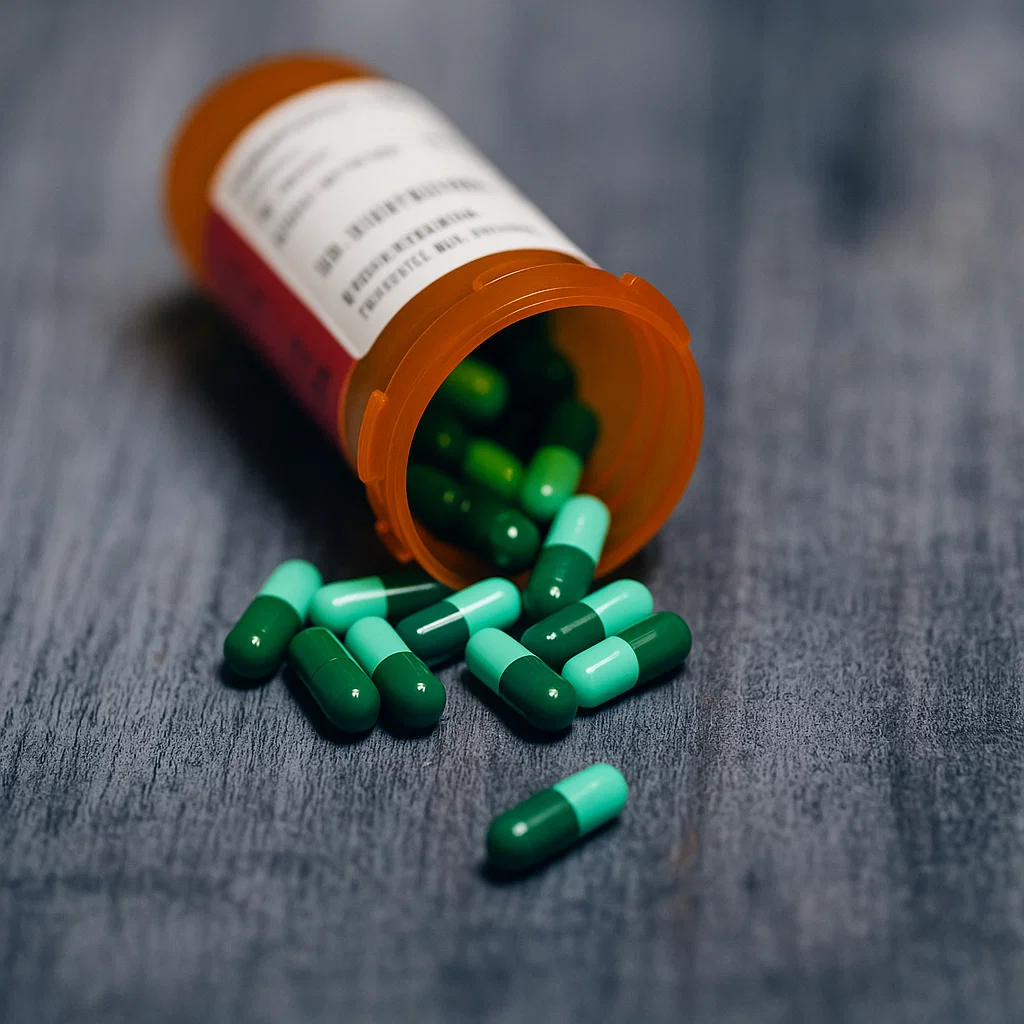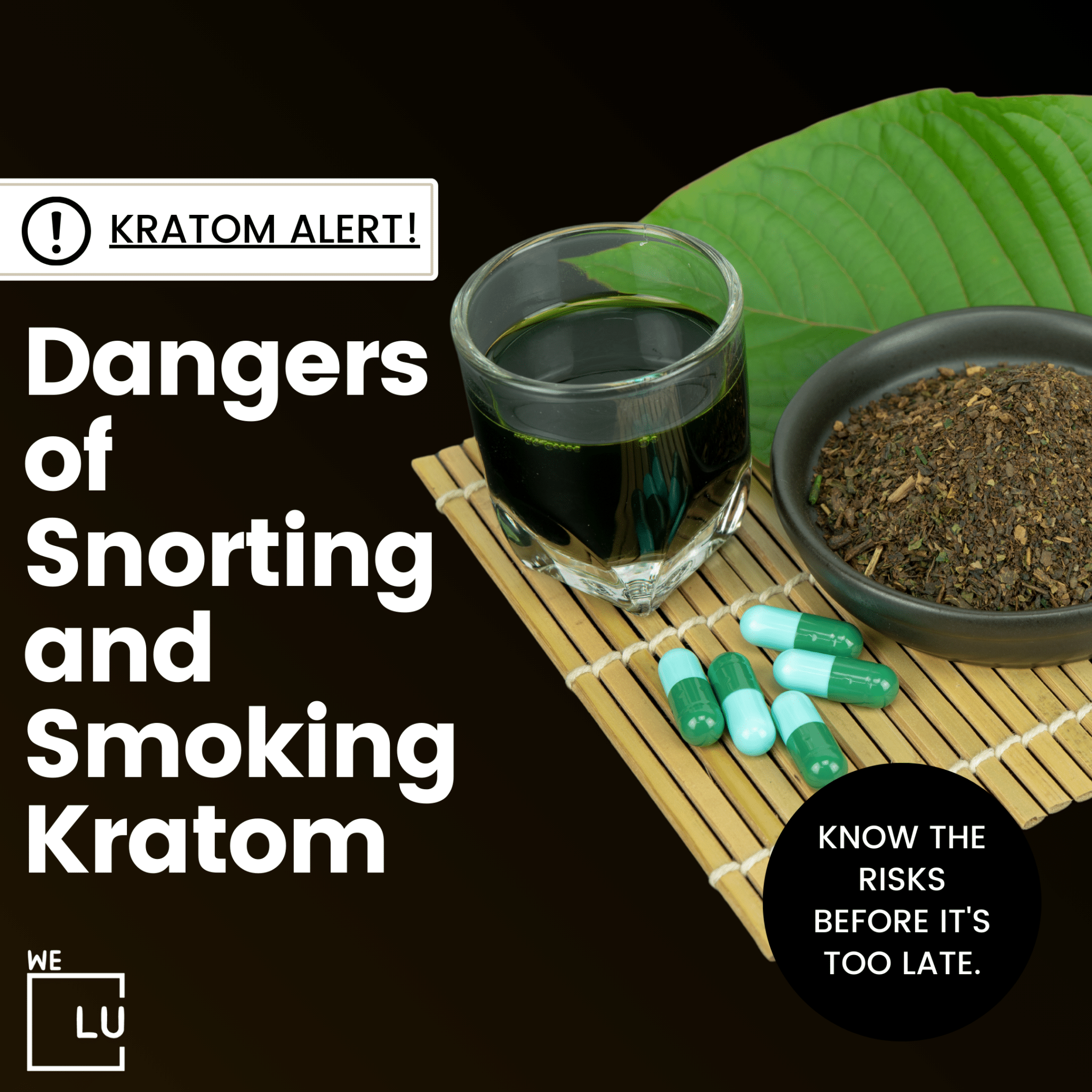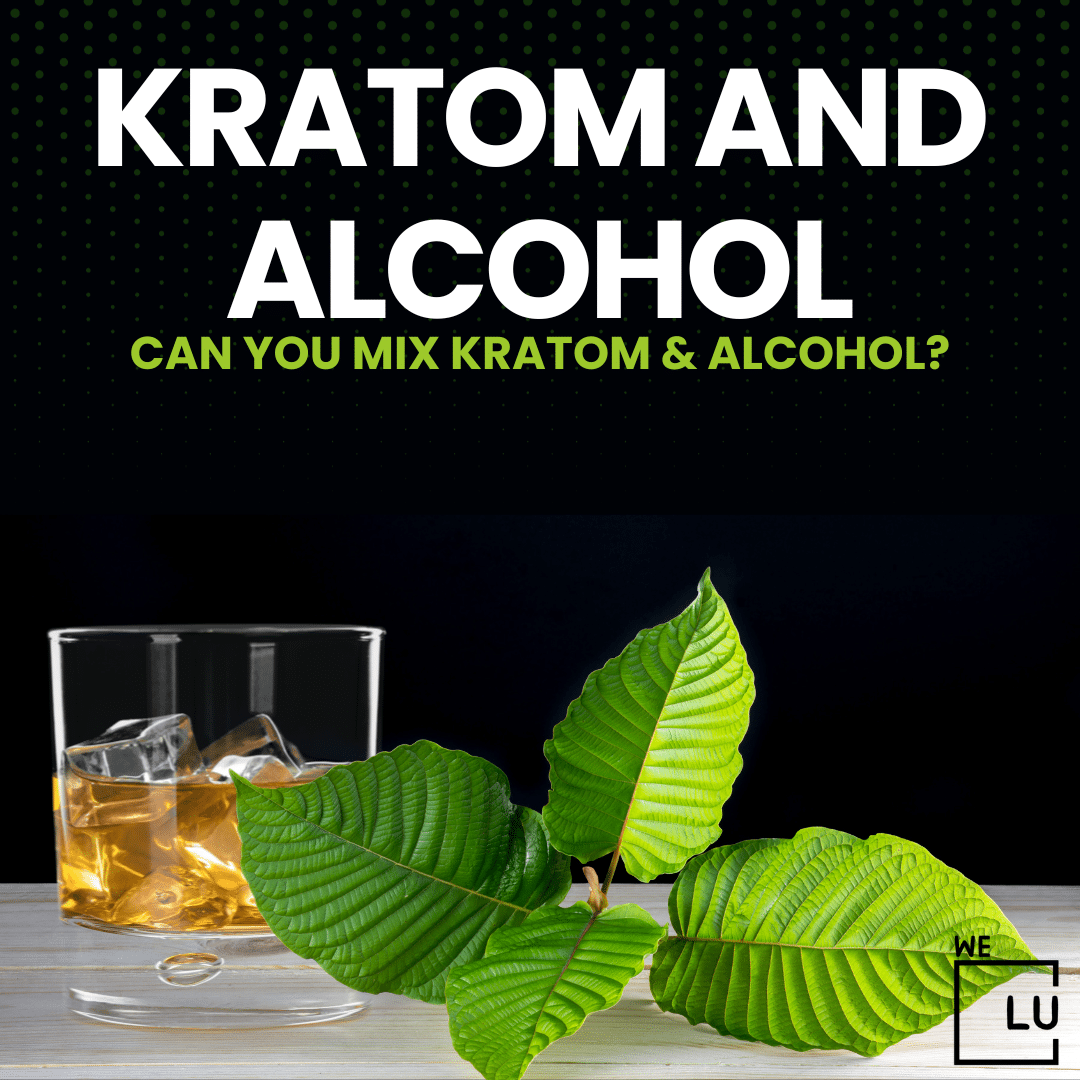Fentanyl Misuse
Fentanyl is a potent synthetic opioid analgesic, classified as a Schedule II prescription drug due to its high potential for abuse and risk of dependence.
The misuse of fentanyl is associated with various methods of administration. Some individuals may smoke fentanyl by heating the drug on foil and inhaling the vapors, while others may choose to snort it for a rapid onset of effects. Additionally, injecting fentanyl is a practice associated with both medical use, under proper supervision, and illicit use, with the latter contributing significantly to the opioid epidemic.
Users commonly misuse fentanyl through various methods, including:
- Injection.
- Oral ingestion (swallowing).
- Inhalation (smoking/snorting).
Illegally manufactured fentanyl, which has contributed to an uptick in overdose deaths, is distributed in the following forms:
- Powder.
- Nasal spray.
- Pills/tablets.
Differences Between Smoking, Snorting, and Injecting Fentanyl
Smoking Fentanyl
Smoking fentanyl results in a rapid onset of effects, promoting continued use and elevating the risk of addiction. However, this method has several adverse health effects, particularly on the lungs. Inhaling fentanyl powders can lead to lung damage, especially with prolonged use.
Additionally, the smoke contains toxic substances, increasing the risk of respiratory conditions such as lung cancer, chronic obstructive pulmonary disease (COPD), and other respiratory problems. Long-term cognitive impairment and memory issues may also arise due to potential permanent damage to the brain and other parts of the body.
Can You Smoke Fentanyl?
Yes. Those who misuse Fentanyl can smoke fentanyl. This involves heating the drug on a piece of foil and inhaling the resulting vapors through a straw or another device. Another method to make fentanyl smokable is when users extract the gel or liquid from prescription fentanyl patches, heat it, and then inhale the resulting smoke.
Snorting Fentanyl
Snorting fentanyl introduces a portion of the drug to the bloodstream immediately while the other part is swallowed, causing delayed effects. Despite the quicker onset, this method poses risks to nasal health, leading to irritation and damage to delicate nasal tissues. Inflammation, nosebleeds, and even destruction of the nasal septum can occur.
There is also a risk of infections due to the introduction of bacteria or fungi from contaminated drugs or unsanitary snorting equipment. The intensified high compared to oral ingestion can result in dangerous effects that overwhelm the body and cause respiratory depression.
Can You Snort Fentanyl?
A powdered variation of fentanyl is available through black markets. Some individuals opt to snort fentanyl to achieve a rapid and intense high.
Injecting Fentanyl
Injecting fentanyl delivers 100% of the substance directly into the bloodstream, significantly increasing the risk of overdose. However, this method comes with its own set of dangers. Poor injection techniques, using dirty syringes, or sharing needles can lead to infections, abscesses, and the transmission of diseases such as HIV and hepatitis.
There is also an elevated risk of endocarditis, an infection of the heart lining, and skin infections associated with injecting fentanyl.
Can You Inject Fentanyl?
Certain physicians may recommend an injectable version of fentanyl to address severe pain. This form can effectively assist patients in pain management when administered under proper medical supervision and with accurate dosing.
Medical Usage
Fentanyl is a potent synthetic opioid analgesic (painkiller) that is used medically for the management of severe pain. It is often employed in situations where other opioid medications may not provide sufficient pain relief. Typical uses of Fentanyl include:
- Pain Management: Fentanyl is commonly used to manage pain in situations such as:
- Post-Surgery: After major surgeries, fentanyl may be administered to control postoperative pain.
- Cancer Pain: It can be used to alleviate pain in cancer patients, especially when other pain medications are not effective.
- Anesthesia: Fentanyl is used as an adjunct to general anesthesia during certain surgical procedures. It helps induce and maintain anesthesia and may be combined with other anesthetics.
- Chronic Pain: In some cases of chronic pain, such as intractable pain associated with certain medical conditions, fentanyl patches may be prescribed for continuous, long-term pain relief.
- Emergency Situations: Fentanyl may be used in emergency medical situations, such as severe trauma or during rapid sequence intubation, to facilitate the insertion of a breathing tube.
Medical fentanyl is typically administered through various routes, including:
- Intravenous (IV): Direct injection into a vein, commonly used during surgery or in emergencies.
- Transdermal Patches: For long-term pain management, fentanyl patches are applied to the skin, allowing the drug to be absorbed over an extended period.
- Transmucosal: Fentanyl can be administered through the mucous membranes, such as in the form of a lozenge (lollipop) or a buccal tablet that dissolves in the mouth.
- Intramuscular (IM): Injection into a muscle, though this is less common compared to intravenous administration.

Skip To:
Learn More:
- Fentanyl Facts, Effects, Use, And How Does Fentanyl Make You Feel?
- What Is A Lethal Dose Of Fentanyl? Fentanyl Overdose Facts
- Why Is Fentanyl So Dangerous? What is Fentanyl, Effect & Use
- How Long Does Fentanyl Stay In Urine? Fentanyl Urine Testing and Half-life.
- How long does fentanyl stay in your system? Addiction, Drug Tests, Overdose & Treatment
- Fentanyl Drug Addiction Treatment, Effects & Overdose
- Fentanyl Withdrawal, Timeline, Symptoms, Dangers, Medical Detox & Addiction
- Fentanyl Overdose Symptoms, What Is Fentanyl? & Treatment

Get Your Life Back
Find Hope & Recovery. Get Safe Comfortable Detox, Addiction Rehab & Dual Diagnosis High-Quality Care.
Hotline (855) 695-1160What Is Fentanyl?
Fentanyl is a potent synthetic opioid analgesic belonging to the family of narcotics. Classified as a Schedule II prescription drug due to its high potential for abuse and the risk of dependence, fentanyl is primarily used in medical settings to manage severe pain. Its effectiveness in pain relief, especially in post-surgical and cancer patients, has led to its widespread use in healthcare.
Fentanyl operates by binding to opioid receptors in the brain and spinal cord, producing a potent analgesic effect. The drug is available in various forms for medical use, including patches for transdermal delivery, intravenous injections, and transmucosal formulations.
However, the illicit use of fentanyl has become a significant public health concern. Illicitly manufactured fentanyl, often found on the black market, poses a severe risk due to its potency. In illicit settings, fentanyl is commonly mixed with other drugs, such as heroin, cocaine, or methamphetamine, intensifying its potential dangers. Users are frequently unaware that their illicit substances may contain fentanyl, heightening the risk of accidental overdose, respiratory depression, and other life-threatening complications.

Why Is Fentanyl So Dangerous?
Fentanyl is considered highly dangerous for several reasons:
- Potency: Fentanyl is a highly potent opioid, estimated to be 50 to 100 times more powerful than morphine and about 50 times more potent than heroin. Even small amounts can lead to a robust and potentially lethal effect. The high potency increases the risk of overdose, especially when individuals are unaware of the strength of the substance they are using.
- Risk of Respiratory Depression: Like other opioids, fentanyl can cause respiratory depression, slowing down or stopping breathing. This risk is exceptionally high when fentanyl is misused or in larger doses than prescribed. Respiratory depression is a significant factor in fatal opioid overdoses.
- Illicit Production and Mixing: Illicitly produced fentanyl, often found on the black market, may be mixed with other drugs such as heroin, cocaine, or methamphetamine without the user’s knowledge. This unpredictability and variability in the composition of street drugs increase the risk of accidental overdose and adverse reactions.
- Rapid Onset of Effects: The rapid onset of effects associated with certain methods of fentanyl administration, such as smoking or injecting, increases the risk of addiction. Users may seek the intense and immediate euphoria produced by fentanyl, contributing to a cycle of misuse and dependence.
- Difficulty in Dosing: Achieving a safe and accurate dose of fentanyl is challenging, especially outside a medical setting. The difference between a therapeutic dose and a lethal one is narrow, and variations in drug purity make it difficult for users to gauge the strength of the substance they are consuming.
- Public Health Impact: Fentanyl has played a significant role in the opioid epidemic, contributing to a rise in overdose deaths. Its potency and the challenges associated with its illicit production and distribution have created a serious public health crisis, prompting efforts to address the factors driving its misuse and the associated harms.
Overall, the danger of fentanyl lies in its potency, the risk of respiratory depression, and the unpredictable nature of illicitly manufactured forms, making it a major concern for both public health officials and healthcare providers.
Get Help. Get Better. Get Your Life Back.
Searching for an Accredited Drug and Alcohol Rehab Centers in Near You?
Even if you have failed previously and relapsed, or are in the middle of a difficult crisis, we stand ready to support you. Our trusted behavioral health specialists will not give up on you. When you feel ready or just want someone to speak to about therapy alternatives to change your life call us. Even if we cannot assist you, we will lead you to wherever you can get support. There is no obligation. Call our hotline today.
FREE Addiction Hotline – Call 24/7Symptoms Of Fentanyl Overdose
A fentanyl overdose can have severe and life-threatening consequences. The symptoms of a fentanyl overdose may include:
- Respiratory Depression: Slowed or shallow breathing is a hallmark symptom of opioid overdose, including fentanyl. In severe cases, it can lead to respiratory arrest, where breathing stops altogether.
- Extreme Drowsiness or Unconsciousness: Individuals experiencing a fentanyl overdose may become extremely drowsy or lose consciousness. They may be difficult to awaken or remain unresponsive.
- Pinpoint Pupils: Fentanyl, like other opioids, can cause the pupils of the eyes to constrict (pinpoint pupils). This is a characteristic sign of opioid intoxication.
- Cold and Clammy Skin: The skin may become cold and clammy to the touch. Changes in skin color, such as bluish or pale skin, may also occur.
- Weakness and Limpness: Muscular weakness and limpness are common during an opioid overdose. The person may be unable to move or respond to stimuli.
- Confusion or Disorientation: Mental confusion or disorientation may be present, and the person may have difficulty staying awake or maintaining focus.
- Nausea and Vomiting: Some individuals experiencing a fentanyl overdose may exhibit symptoms of nausea and vomiting.
If you suspect someone is experiencing a fentanyl overdose, it is crucial to seek immediate medical attention. Opioid overdoses, including those involving fentanyl, can be rapidly fatal if not treated promptly. Emergency medical services should be contacted, and administering the opioid reversal agent naloxone (if available) can be life-saving. Family members, friends, and those who may be in contact with individuals at risk of opioid overdose should be educated on recognizing the symptoms and responding quickly to prevent fatal outcomes.

Fentanyl overdose symptoms include dizziness, difficulty breathing, visibly smaller pupils, confusion, drowsiness, and an inability to respond or wake up.

How To Treat A Fentanyl Overdose
Treating a fentanyl overdose is a medical emergency that requires immediate attention. If you suspect someone is experiencing a fentanyl overdose, follow these steps:
- Call for Emergency Assistance: Dial emergency services (911 in the United States or the appropriate emergency number in your country) to request immediate medical help. Time is crucial in the case of opioid overdoses.
- Administer Naloxone (if available): Naloxone is an opioid receptor antagonist that can rapidly reverse the effects of opioids, including fentanyl. If naloxone is accessible, administer it according to the provided instructions. Naloxone is available in intramuscular injection or nasal spray forms. Multiple doses may be necessary, as fentanyl is more potent than some other opioids.
- Perform Rescue Breathing: If the person is not breathing or is breathing inadequately, initiate rescue breathing. Tilt the head back, lift the chin, and give rescue breaths at one breath every 5 to 6 seconds. Ensure that each breath results in a visible chest rise.
- Stay with the Person: Monitor the person closely, as the effects of naloxone are temporary and may wear off before the opioid is entirely out of their system. Continue providing rescue breathing if needed.
- Wait for Emergency Medical Personnel: Emergency medical personnel will provide advanced life support and transport the individual to the hospital for further evaluation and treatment.
Naloxone is not a substitute for professional medical care, and anyone who has received naloxone should still seek emergency medical attention. Additionally, the Good Samaritan laws in many places protect individuals who seek medical help for someone experiencing an overdose, so it’s crucial to prioritize getting emergency assistance without fear of legal consequences.
Education on recognizing the signs of opioid overdose and having naloxone on hand are critical components of harm reduction strategies, especially for individuals who are at risk of opioid overdose or those in contact with them.
Comfortable Facilities & Amenities
High-Quality Addiction & Mental Health Rehabilitation Treatment
Rehab Centers TourRenowned California Addiction Center. Serene Private Facilities. Inpatient rehab programs vary.
Addiction Helpline (855) 695-1160Proven recovery success experience, backed by a Team w/ History of:
15+
Years of Unified Experience
100s
5-Star Reviews Across Our Centers
10K
Recovery Success Stories Across Our Network
- Low Patient to Therapist Ratio
- Onsite Medical Detox Center
- Comprehensive Dual-Diagnosis Treatment
- Complimentary Family & Alumni Programs
- Coaching, Recovery & Personal Development Events
Fentanyl Addiction
Fentanyl addiction is a serious and potentially life-threatening condition characterized by the compulsive use of fentanyl despite negative consequences. Fentanyl is a potent synthetic opioid, and its addictive properties can lead individuals to develop a dependency on the drug. Here are key aspects of fentanyl addiction:
- Physical Dependence: Prolonged or frequent use of fentanyl can lead to physical dependence, where the body adapts to the presence of the drug and requires it to function normally. This dependence is accompanied by the development of tolerance, meaning that higher doses of fentanyl are needed over time to achieve the same effects.
- Psychological Dependence: In addition to physical dependence, individuals may also develop psychological dependence on fentanyl. This involves a strong desire or craving for the drug to experience its pleasurable effects or to alleviate negative emotions.
- Addiction Cycle: Fentanyl addiction often involves a cycle of compulsive drug-seeking behavior, use, and difficulty stopping despite knowing the associated risks. Individuals may prioritize obtaining and using fentanyl over other aspects of their lives, leading to disruptions in relationships, work, and daily activities.
- Withdrawal Symptoms: When individuals dependent on fentanyl reduce or cease its use, they may experience withdrawal symptoms. Fentanyl withdrawal can be physically and psychologically distressing, including symptoms such as nausea, vomiting, muscle aches, anxiety, and insomnia.
- Increased Risk of Overdose: Due to the potency of fentanyl, there is a heightened risk of overdose among individuals who misuse the drug. The narrow therapeutic window between a therapeutic dose and a lethal dose makes accidental overdose more likely, especially when fentanyl is obtained from illicit sources where its strength is unpredictable.
- Medical and Behavioral Treatment: Treatment for fentanyl addiction often involves a combination of medical and behavioral interventions. Medically assisted treatment may include the use of medications like methadone or buprenorphine to manage withdrawal symptoms and cravings. Behavioral therapies, counseling, and support groups are also essential components of addiction treatment.
- Harm Reduction Strategies: Harm reduction strategies, such as the distribution of naloxone (an opioid overdose reversal medication) and education on safe drug use practices, play a crucial role in addressing the risks associated with fentanyl addiction.
Seeking professional help is crucial for individuals struggling with fentanyl addiction. Treatment options can vary based on individual needs, and a comprehensive approach that addresses both the physical and psychological aspects of addiction is typically recommended for the best outcomes.
World-class, Accredited, 5-Star Reviewed, Effective Addiction & Mental Health Programs. Complete Behavioral Health Inpatient Rehab, Detox plus Co-occuring Disorders Therapy.
CALL (855) 695-1160End the Addiction Pain. End the Emotional Rollercoaster. Get Your Life Back. Start Drug, Alcohol & Dual Diagnosis Mental Health Treatment Now. Get Free No-obligation Guidance by Substance Abuse Specialists Who Understand Addiction & Mental Health Recovery & Know How to Help.
Fentanyl Withdrawal
Fentanyl withdrawal refers to the set of symptoms that individuals may experience when they abruptly reduce or stop using fentanyl after developing a physical dependence on the drug. Fentanyl, a potent synthetic opioid, can lead to both physical and psychological dependence, and withdrawal symptoms can manifest as the body adjusts to the absence of the drug.
Here are common aspects of fentanyl withdrawal:
- Onset of Withdrawal: Withdrawal symptoms typically begin shortly after the last dose of fentanyl. The exact timing may vary depending on factors such as the individual’s level of dependence, the amount used, and the duration of fentanyl use.
- Physical Symptoms: Fentanyl withdrawal often involves a range of physical symptoms, including:
- Muscle aches and pains.
- Nausea and vomiting.
- Diarrhea.
- Sweating and chills.
- Runny nose and watery eyes.
- Yawning.
- Psychological Symptoms: Individuals withdrawing from fentanyl may also experience psychological symptoms, such as:
- Anxiety.
- Irritability.
- Insomnia.
- Restlessness.
- Dysphoria (general feeling of dissatisfaction or unease).
- Cravings: Strong cravings for fentanyl can be a significant aspect of withdrawal, contributing to the difficulty of quitting the drug without professional support.
- Duration of Withdrawal: The duration of fentanyl withdrawal can vary but generally peaks within the first few days and gradually improves over time. However, post-acute withdrawal symptoms, such as lingering mood changes and cravings, may persist for an extended period.
- Medical Detoxification: Managing fentanyl withdrawal often requires medical supervision, especially in cases of severe dependence. Medical detoxification programs, typically conducted in a specialized facility, provide support to manage withdrawal symptoms and ensure the safety of the individual.
- Medication-Assisted Treatment (MAT): Certain medications, such as methadone or buprenorphine, may be used as part of medication-assisted treatment to help ease withdrawal symptoms and reduce cravings during the detoxification process.
- Behavioral Therapy: Following detoxification, individuals often benefit from behavioral therapy and counseling to address the psychological aspects of addiction, develop coping skills, and prevent relapse.
Attempting to quit fentanyl without professional guidance can be challenging and may lead to a higher risk of relapse. Seeking help from healthcare professionals and addiction specialists is recommended to ensure a safe and supportive withdrawal process and to increase the chances of long-term recovery.
Experience Transformative Recovery at the We Level Up California Treatment Center.
See our authentic success stories. Get inspired. Get the help you deserve.



Start a New Life
Begin with a free call to an addiction & behavioral health treatment advisor. Learn more about our dual-diagnosis programs. The We Level Up treatment center network delivers recovery programs that vary by each treatment facility. Call to learn more.
- Personalized Care
- Caring Accountable Staff
- World-class Amenities
- Licensed & Accredited
- Renowned w/ 100s 5-Star Reviews
We’ll Call You
“This Was Not How I Wanted To Live,” Ryan’s Recovery From Fentanyl, Heroin, & Oxycontin Addiction
Search Can You Smoke Fentanyl, Drug & Alcohol Rehab / Detox & Mental Health Topics & Resources
Sources
- Fentanyl DrugFacts – National Institute on Drug Abuse
- Fentanyl – U.S. Drug Enforcement Administration (DEA) (dea.gov)
- U.S. Drug Enforcement Administration. (2017). Drugs of Abuse: A DEA Resource Guide.
- Substance Abuse and Mental Health Services Administration. (2019). Key Substance Use and Mental Health Indicators in the United States: Results from the 2018 National Survey on Drug Use and Health. related: smoke fentanyl, fentanyl smoke, can fentanyl be smoked, snorting fentanyl, do people smoke fentanyl, can you snort fentanyl
- National Institute on Drug Abuse. (2016). Fentanyl. related: smoke fentanyl, fentanyl smoke, can fentanyl be smoked, snorting fentanyl, do people smoke fentanyl, can you snort fentanyl
- Drug Enforcement Administration. (2017). Drugs of Abuse. related: smoke fentanyl, fentanyl smoke, can fentanyl be smoked, snorting fentanyl, do people smoke fentanyl, can you snort fentanyl
- Department of Health and Human Services (HHS) – Opioid Crisis: https://www.hhs.gov/opioids/ related: smoke fentanyl, fentanyl smoke, can fentanyl be smoked, snorting fentanyl, do people smoke fentanyl, can you snort fentanyl
- NIDA. “Fentanyl DrugFacts.” National Institute on Drug Abuse, 1 Jun. 2021, https://nida.nih.gov/publications/drugfacts/fentanyl related: smoke fentanyl, fentanyl smoke, can fentanyl be smoked, snorting fentanyl, do people smoke fentanyl, can you snort fentanyl




